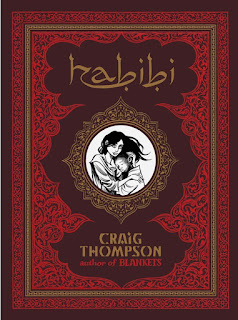Week 8: Stereotype and The Ethics of Representation
This week I read the graphic novel, American Born Chinese , by Gene Luen Yang. It follows three storylines that connect at the end. Each storylines focuses on a similar theme of being judged. It explores how each character has to deal with the typical Chinese stereotypes and how they are insulted and judged because of it. The use of stereotypes can be necessary because they may be needed to prove a particular point/idea. Stereotypes doesn't have to be offensive, instead it can be used to just inform people of a particular group and how they are being represented. In this case, the use of stereotypes show how it affects people both mentally and physically when they have to deal with it. It tries to show the other side of it and hopefully influences people to change the way they think and approach this situation. While reading this graphic novel, I could really relate to it on a personal level. In America, there are many stereotypes for each asian culture, such as Chinese a...

